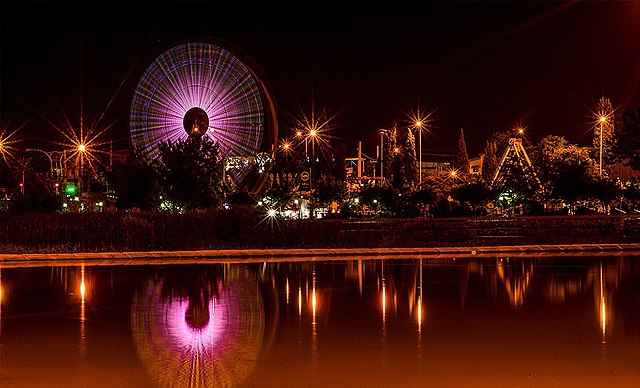Sari
Sari is the capital of the Mazandaran province, located north of the Alborz mountain range and on the southern coast of the Caspian Sea. The name of the city comes from Saruyeh, son of Farkhan the Great, king of Tabaristan.
The city was a regional capital under the Sassanids. In the 7th century, Farkhan the Great rebuilt it and named it Saruyeh in honor of his son. It was then that the city took the name Sari and became the capital of Tabaristan. Sari regained its glory when Aqa Mohammad Shah Qajar proclaimed it the capital of his empire on March 21, 1782, on the occasion of the Persian New Year. The Qajar capital was later transferred to Tehran by Fath Ali Shah because it was located in the center of a region where wars were incessant. The language spoken in Sari is Mazandarani, of Caucasian descent, practiced mainly by the elderly and those who come from rural areas to sell their products in the market.
Ancient relics of Sari
Sang Deh Forest
Sang Deh, an ancient forest in the Mazandaran province, located near Sari, on the northern slopes of Alborz and 240 kilometers from Tehran. The forest takes on a special color in autumn and has several fountains and plant species. Due to its altitude, this forest is covered by many beech trees, which are cold hardy trees.
If you are passionate about mountains, anthropology, historical landscapes and the fascinating culture of the Middle East, SITO Travel will help you organize your trip to Iran. Contact us because our experience is born and developed in the field.
Farah Abad
The Farah Abad Historical Complex includes a series of historical buildings related to the remains of the ancient city of Farah Abad, situated on the Sari-Farah Abad road. These buildings were built in the time of Shah Abbas Safavid and were considered very prosperous ports at the time.
Many buildings in the ancient city of Farah Abad have been destroyed throughout history by Russian attacks. The Jomeh mosque, the school, part of the Shah Abbasi bridge, the wall of a palace and the baths from the Safavid era are parts of the remainder.
Manuchehr Khan Kolabadi
The house of Manuchehr Khan Kolabadi is linked to the end of the Qajar era. It is located in Sari and was built by order of Sardar Jalil, one of the army commanders of the time. Later, the house was handed over to his grandson, Manuchehr Khan Kolabadi.
The architectural style of the building is inspired by the shrines of the Kayar period and consists of two parts: the interior and the exterior. The main part of the house has two floors inside and a basement, and each floor has a terrace and two-way rooms. The second floor terrace is one of the most beautiful rooms in the house, and each part is reminiscent of one of the decorative arts of the Qajar period.
Ab Anbar-e No
This water reservoir is located in the No Mahaleh district of Sari and was built by Khorshid Khanum. The warehouse included an entrance, a footbath, and a staircase. The upper part of the door is decorated with tiles.



Comments